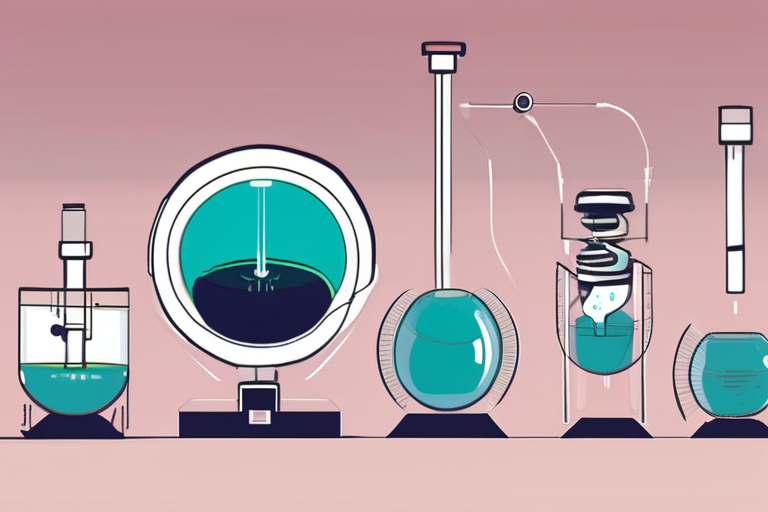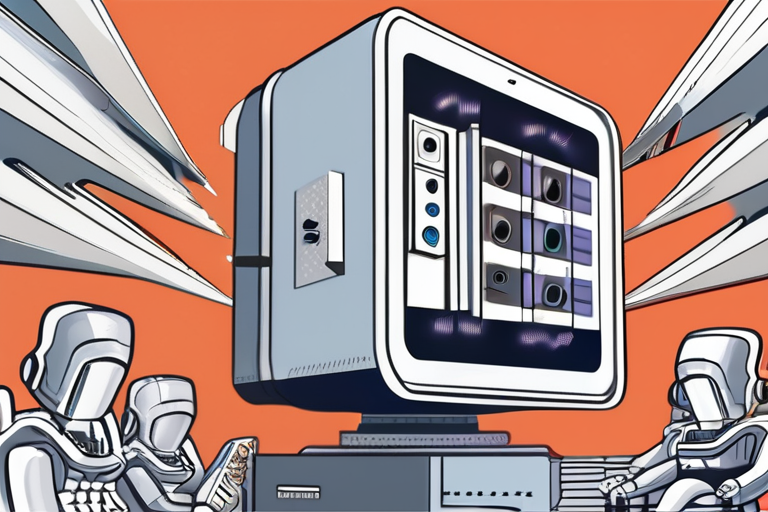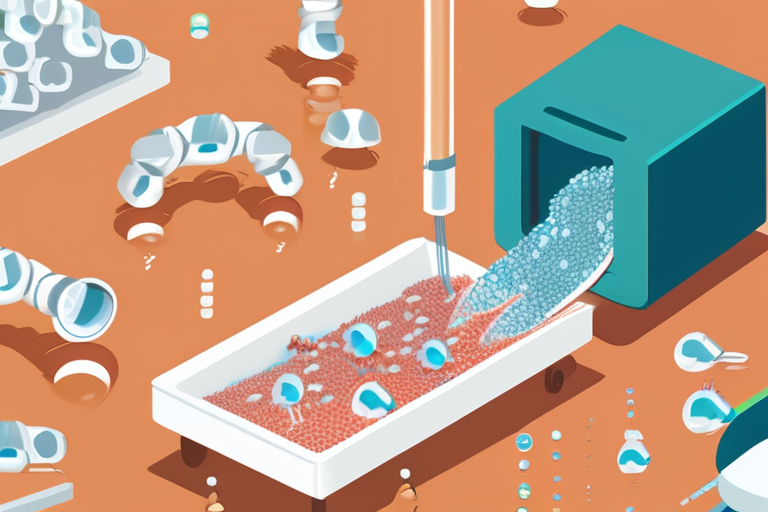According to Kohki Horie, one of the researchers involved in the project, "Our microscope allows us to visualize structures ranging from whole-cell morphology to nanoscale particles, which was previously impossible with traditional microscopes." Horie further explained that the system's bidirectional quantitative scattering microscope detects both forward and backward scattered light from cells, enabling the visualization of tiny moving particles. This technology has the potential to revolutionize the field of cell biology and provide new insights into cellular behavior.
The researchers tested the microscope by analyzing changes during cell death and were able to estimate particle size and refractive index. This achievement demonstrates the microscope's ability to provide accurate and detailed information about cellular activity. The team hopes to push the technique toward imaging particles as small as viruses, which could have significant implications for the development of new treatments for diseases.
The Great Unified Microscope builds upon previous research in the field of microscopy, which has long been limited by the need for dyes or other labeling agents to visualize cellular structures. The use of dyes can often alter the behavior of cells, making it difficult to obtain accurate results. The label-free approach of the Great Unified Microscope eliminates this limitation, allowing researchers to study cellular behavior in a more natural and unaltered state.
The development of this microscope has significant implications for the field of cell biology and could lead to new discoveries in the understanding of cellular behavior. It could also have applications in the development of new treatments for diseases, such as cancer, where understanding the behavior of cells is crucial for the development of effective therapies.
The researchers at the University of Tokyo are currently refining the microscope and exploring its potential applications. They are also working to improve the resolution and sensitivity of the microscope, with the goal of imaging particles as small as viruses. As the technology continues to evolve, it is likely to have a significant impact on our understanding of cellular behavior and the development of new treatments for diseases.
In a statement, Takuro Ideguchi, another researcher involved in the project, emphasized the potential of the Great Unified Microscope to revolutionize the field of cell biology. "This technology has the potential to provide new insights into cellular behavior and could lead to the development of new treatments for diseases," Ideguchi said. "We are excited to continue refining the microscope and exploring its potential applications."


























Share & Engage Share
Share this article